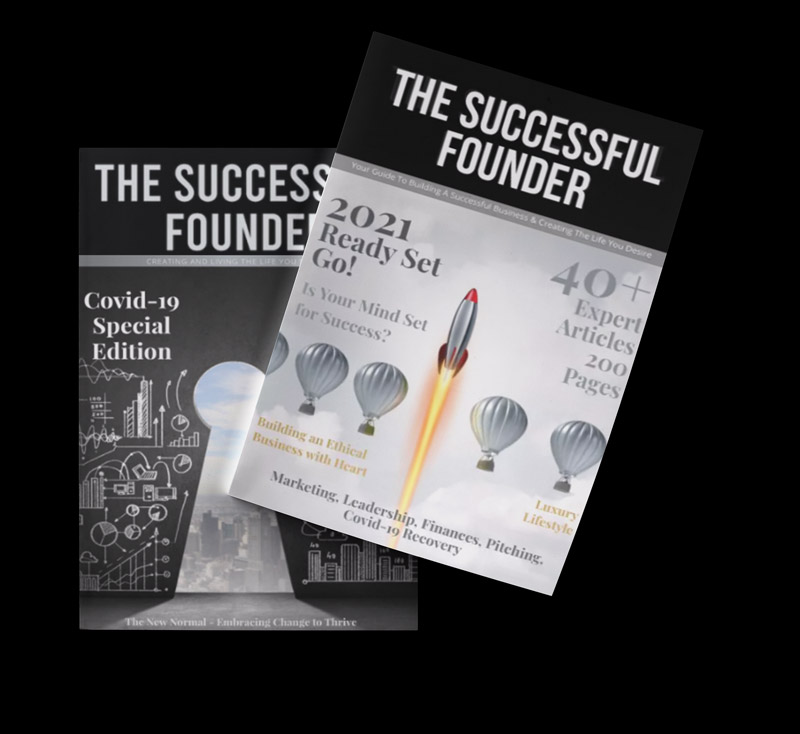Every successful business starts with a great idea, but bringing that idea to life requires careful planning, research, and execution. Moving from concept to reality is one of the most challenging yet rewarding parts of the entrepreneurial journey. In 2025, aspiring entrepreneurs need a strategic approach to transform their ideas into viable startups, ensuring they have the foundation to stand out in a competitive market. This article outlines essential steps for refining, validating, and launching a winning startup concept.
Step 1: Identify a Real-World Problem or Need
A successful startup solves a real problem or fulfills a genuine need. Begin by brainstorming issues that matter to you or that you see around you. Consider problems faced by people in your community, industry, or target demographic. For example, if you’re passionate about environmental sustainability, you might identify issues related to waste management or renewable resources.
Once you’ve identified a problem, conduct market research to confirm that it’s a widespread issue. Look for existing solutions, gaps in the market, and potential customer pain points. This research will help you determine if there’s demand for your idea and clarify the specific problem your startup will address.
Step 2: Define Your Unique Value Proposition
With a problem in mind, think about how your idea will provide a solution in a way that differentiates it from others. This is your unique value proposition (UVP), the core of what makes your idea valuable and distinct. A strong UVP communicates what you do, why it matters, and how it benefits your target audience.
To define your UVP, consider the following questions: What makes your solution different? How will it improve the lives of your target customers? Why should they choose your solution over competitors? A compelling UVP is clear, concise, and customer-focused, helping you position your brand in a way that resonates with your audience.
Step 3: Conduct Market Research and Validate Demand
Validating demand is crucial before investing time and resources in your idea. Use surveys, interviews, or focus groups to gather feedback from your target audience. Platforms like SurveyMonkey or Google Forms are useful for reaching larger audiences, while one-on-one interviews can provide deeper insights into customer preferences and pain points.
Additionally, assess the competition to see how your idea compares. Study competitors’ strengths, weaknesses, pricing, and customer reviews to identify opportunities for differentiation. Market research helps you refine your concept based on real-world feedback, ensuring that your idea meets the needs of your target audience and has the potential for success.
Step 4: Create a Minimum Viable Product (MVP)
An MVP is a simplified version of your product that includes only the core features needed to address your target problem. Developing an MVP allows you to test your concept with minimal resources and gather feedback from early adopters. Focus on creating a functional product that delivers value, even if it’s not fully polished.
Building an MVP involves prioritizing features based on customer needs and feedback. Tools like wireframing for app or web development, prototyping software, or simple landing pages can help you create an initial version of your product. By launching an MVP, you can quickly identify what works and what doesn’t, allowing you to make adjustments before investing in a full product build.
Step 5: Test, Gather Feedback, and Iterate
Once you launch your MVP, it’s essential to gather feedback from users. Use analytics tools and customer feedback channels to monitor usage patterns, customer satisfaction, and potential pain points. Early feedback provides valuable insights into how well your solution addresses the target problem and helps identify areas for improvement.
Iterate based on feedback to enhance functionality, usability, and customer experience. Successful startups embrace continuous improvement, adapting their product based on real customer needs. This process of testing, gathering feedback, and iterating is essential to refining your concept and ensuring that it aligns with customer expectations.
Step 6: Develop a Business Model and Monetization Strategy
A strong business model is essential for turning your concept into a sustainable business. Consider different revenue streams and determine how your startup will generate income. Common models include subscription-based services, freemium models, licensing, and one-time purchases. Choose a model that aligns with your target audience and the nature of your product.
If you’re unsure which model to pursue, analyze how similar companies in your industry monetize their offerings. You may also experiment with multiple revenue streams to see which one resonates best with your customers. A clear business model provides direction and enables you to build a financially viable company.
Step 7: Build a Go-to-Market Strategy
A go-to-market strategy outlines how you plan to reach your target customers, create demand, and generate sales. This strategy includes your marketing channels, pricing, distribution, and positioning. Identify the platforms where your audience is most active, whether it’s social media, industry publications, or trade shows, and focus your efforts on building brand awareness there.
For example, if your product is aimed at Gen Z consumers, you might prioritize Instagram, TikTok, or YouTube for marketing efforts. Craft messaging that communicates your UVP effectively and resonates with your audience. A well-defined go-to-market strategy ensures a smooth product launch and maximizes your chances of gaining traction early on.
Step 8: Establish a Strong Brand Identity
Your brand identity shapes how customers perceive your business and is a crucial element in differentiating your product. Choose a brand name, logo, color scheme, and messaging that align with your UVP and resonate with your target audience. Consistency in branding across all platforms builds recognition and trust, which are essential for attracting and retaining customers.
Additionally, focus on creating a brand story that reflects your mission and values. A compelling brand narrative connects with customers emotionally, making your startup memorable and meaningful. Strong branding is a powerful tool for building customer loyalty and establishing credibility.
Conclusion: Bringing Your Idea to Life
Transforming an idea into a successful startup requires a structured approach, from identifying a real-world problem to developing a strong brand identity. By validating demand, creating an MVP, and implementing a go-to-market strategy, you can turn your concept into a viable business. With persistence, creativity, and a customer-centric mindset, you’ll be well-positioned to bring your idea to life and make an impact in the market.
Useful Links
- Survey Tools for Market Validation – https://www.surveymonkey.com/
- MVP Development Guide – https://www.productplan.com/guide-to-minimum-viable-product-mvp/
- Business Model Resources for Startups – https://www.strategyzer.com/canvas/business-model-canvas
- Branding Tips for Entrepreneurs – https://www.canva.com/learn/branding-tips-for-startups/
- Go-to-Market Strategy Planning – https://www.hubspot.com/go-to-market-strategy
TSF Reporters
The Successful Founder Magazine is the go to feature-rich magazine for founders on all stages of their entrepreneurship journey .
- TSF Reporters#molongui-disabled-link
- TSF Reporters#molongui-disabled-link
- TSF Reporters#molongui-disabled-link
- TSF Reporters#molongui-disabled-link



